Home>Construction & Tools>Building Materials>How To Clean Exterior House Brick
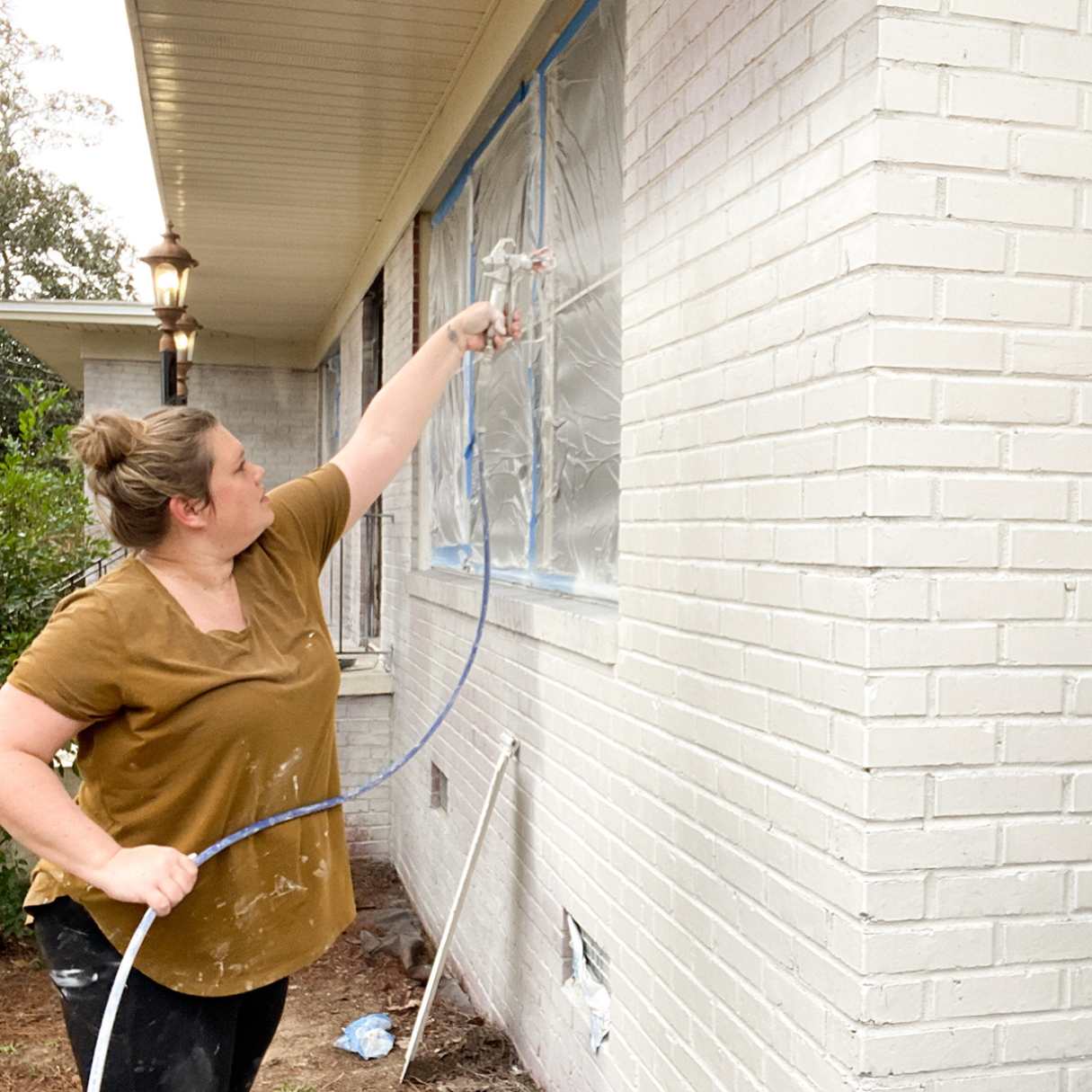

Building Materials
How To Clean Exterior House Brick
Modified: February 18, 2024
Learn effective techniques for cleaning exterior house brick using safe and eco-friendly building materials. Enhance the curb appeal of your home with our expert tips. Discover the best ways to maintain and revitalize brick surfaces.
(Many of the links in this article redirect to a specific reviewed product. Your purchase of these products through affiliate links helps to generate commission for Storables.com, at no extra cost. Learn more)
Introduction
Welcome to the comprehensive guide on how to clean the exterior of your house brick. Over time, the exterior of your home may accumulate dirt, grime, and other unsightly substances, diminishing its overall appeal. Cleaning the brick exterior not only enhances the aesthetic appeal of your home but also helps maintain its structural integrity. However, it’s crucial to approach this task with care and the right techniques to avoid damaging the brick surface.
In this article, we will explore the step-by-step process of assessing the condition of the brick, choosing the right cleaning method, gathering the necessary supplies, preparing the area, cleaning the brick, rinsing and drying the brick, and optionally, sealing the brick. By following these guidelines, you can revitalize the exterior of your home and ensure that your brickwork remains in top condition for years to come.
Let’s dive into the details of each step to ensure that you have all the information and guidance you need to successfully clean the exterior of your house brick.
Key Takeaways:
- Assess the condition of your brick and choose the right cleaning method to revitalize your home’s exterior while preserving its integrity. Tailor your approach to address specific issues and ensure effective cleaning.
- Gather necessary supplies, prepare the area, and follow a step-by-step cleaning process to achieve optimal results. Thoroughly rinse and dry the brick, and consider sealing for added protection and longevity.
Read more: How To Design A House Exterior
Assessing the Condition of the Brick
Before embarking on the cleaning process, it’s essential to assess the condition of the brick to determine the level of cleaning required and identify any potential issues. Start by examining the surface for any visible signs of damage, such as cracks, chips, or efflorescence, which is the white, powdery residue caused by salt deposits. Additionally, check for any areas with stubborn stains, mold, or mildew.
It’s crucial to identify the type of brick used in your home’s exterior, as different types of brick may require specific cleaning methods. Common brick types include clay bricks, concrete bricks, and sandlime bricks, each with its unique characteristics and cleaning requirements. If possible, refer to the original construction documents or consult with a professional to determine the specific type of brick used.
Consider the age of the brickwork and its overall condition. Older bricks may be more delicate and susceptible to damage from aggressive cleaning methods. Similarly, newer bricks may still be curing and require gentler cleaning approaches to avoid disrupting the curing process.
Assess the presence of any existing coatings or sealants on the brick surface. These coatings may affect the cleaning method and may need to be removed before proceeding with the cleaning process. Additionally, evaluate the surrounding areas, such as landscaping, windows, and doors, to identify any vulnerable elements that need protection during the cleaning process.
By thoroughly assessing the condition of the brick, you can tailor your cleaning approach to address specific issues and ensure that the cleaning process is effective while preserving the integrity of the brickwork.
Choosing the Right Cleaning Method
When it comes to cleaning the exterior brick of your house, selecting the appropriate cleaning method is crucial to achieve optimal results without causing damage. The choice of cleaning method largely depends on the condition of the brick, the type of stains or contaminants present, and the overall sensitivity of the brick surface.
One of the most common methods for cleaning brick exteriors is pressure washing. This technique utilizes a high-pressure stream of water to dislodge dirt, grime, and stains from the brick surface. However, it’s important to exercise caution when using a pressure washer, as excessive pressure can erode the brick mortar and damage the surface. Additionally, pressure washing may not be suitable for older or more delicate bricks, as it can cause crumbling or surface degradation.
Chemical cleaners are another option for effectively removing stubborn stains, mold, or mildew from brick surfaces. These cleaners are available in various formulations, including acid-based and alkaline-based solutions, each designed to target specific types of stains. Acid-based cleaners are effective for dissolving mineral deposits and efflorescence, while alkaline-based cleaners are suitable for removing organic stains. It’s essential to follow the manufacturer’s instructions carefully and conduct a small test patch to assess the cleaner’s impact on the brick.
For gentler cleaning needs, such as routine maintenance or light dirt removal, a non-abrasive cleaning method using mild detergent and water may suffice. This approach is particularly suitable for newer, less soiled brick surfaces and can be applied using a soft-bristled brush or sponge to gently scrub away surface contaminants.
Another consideration is the use of poultices for targeted stain removal. Poultices are paste-like substances applied to specific stains or discolorations to draw out impurities from the brick. They are especially effective for removing deep-seated stains, such as oil or grease, and can be tailored to address specific types of contaminants.
By carefully evaluating the condition of the brick and the nature of the stains, you can choose the most appropriate cleaning method to effectively restore the beauty of your home’s exterior while safeguarding the integrity of the brickwork.
Gathering the Necessary Supplies
Before embarking on the brick cleaning process, it’s essential to gather all the necessary supplies to ensure a smooth and efficient operation. Having the right tools and materials at hand will not only streamline the cleaning process but also contribute to the overall effectiveness of the task.
Here are the essential supplies you’ll need to clean the exterior brick of your house:
- Protective Gear: Prioritize safety by wearing protective gear, including gloves, safety goggles, and a face mask to shield yourself from potential splashes, fumes, or airborne particles during the cleaning process.
- Cleaning Agents: Depending on the chosen cleaning method, acquire the appropriate cleaning agents such as brick-safe detergents, acid-based or alkaline-based cleaners, or specialized poultices for stain removal.
- Pressure Washer (if applicable): If utilizing a pressure washing method, ensure access to a suitable pressure washer with adjustable pressure settings to prevent damage to the brick surface.
- Soft-Bristled Brush or Sponge: For gentler cleaning approaches, have a soft-bristled brush or sponge on hand to apply cleaning solutions and delicately scrub the brick surface.
- Bucket and Hose: Prepare a bucket for mixing cleaning solutions and a hose for rinsing the brick surface thoroughly after cleaning.
- Protective Coverings: Safeguard surrounding areas and vulnerable elements such as windows, doors, and landscaping by using plastic sheeting, drop cloths, or tarpaulins to prevent overspray or runoff from the cleaning process.
- Ladder or Scaffolding: If cleaning higher sections of the exterior, ensure the availability of a sturdy ladder or scaffolding for safe access and maneuverability.
- Sealant (if applicable): If planning to seal the brick after cleaning, acquire a suitable brick sealant to protect the surface from future stains and moisture penetration.
By gathering these essential supplies, you can set the stage for a successful brick cleaning endeavor, equipped with the tools and materials necessary to achieve optimal results while maintaining a safe and organized work environment.
Preparing the Area
Prior to initiating the brick cleaning process, it’s crucial to prepare the surrounding area to ensure a safe, efficient, and controlled environment for the task at hand. Proper preparation not only minimizes the risk of damage to adjacent surfaces and landscaping but also contributes to a more streamlined and effective cleaning operation.
Here are the essential steps to prepare the area for cleaning the exterior brick of your house:
- Clearing the Surroundings: Remove any obstacles, furniture, or decorative items near the brick surface to create unobstructed access for the cleaning process. Clearing the area minimizes the risk of accidental damage or contamination during cleaning.
- Protecting Adjacent Surfaces: Cover nearby surfaces, such as windows, doors, and trim, with plastic sheeting, drop cloths, or tarpaulins to shield them from cleaning solutions, overspray, or runoff. Secure the protective coverings in place to prevent any accidental exposure.
- Shielding Landscaping: Safeguard plants, shrubs, and delicate landscaping features from the cleaning process by watering them thoroughly before cleaning and covering them with protective coverings to prevent contact with cleaning agents or excessive moisture.
- Testing the Cleaning Method: Conduct a small test patch in an inconspicuous area of the brick surface to assess the impact of the chosen cleaning method. This test helps determine the suitability and effectiveness of the cleaning approach while minimizing the risk of unexpected outcomes on a larger scale.
- Checking Weather Conditions: Monitor the weather forecast and choose a day with mild temperatures and low wind to facilitate the cleaning process. Avoid cleaning on excessively hot or windy days, as these conditions can accelerate the drying of cleaning solutions and affect their effectiveness.
- Ensuring Adequate Ventilation: If using chemical cleaners, ensure proper ventilation in the work area to minimize exposure to fumes. Open windows and doors, and consider using fans to promote air circulation during the cleaning process.
- Securing Access and Safety: If working at heights, ensure the stability and safety of ladders or scaffolding. Adhere to proper safety practices and use fall protection equipment as necessary to prevent accidents and injuries.
By meticulously preparing the area before cleaning, you can create a controlled and secure environment conducive to a successful brick cleaning endeavor, ensuring the protection of surrounding surfaces and landscaping while optimizing the effectiveness of the cleaning process.
Use a mixture of water and mild detergent to scrub the brick with a stiff brush. Rinse with a hose and repeat if necessary. Avoid using harsh chemicals or pressure washers to prevent damage to the brick.
Read more: How To Install Exterior Brick Veneer
Cleaning the Brick
Now that the area is prepared, it’s time to delve into the process of cleaning the exterior brick of your house. Whether you’ve chosen a pressure washing method, chemical cleaners, or a non-abrasive cleaning approach, the following steps will guide you through the cleaning process, ensuring thorough removal of dirt, stains, and contaminants while preserving the integrity of the brick surface.
Here’s a step-by-step guide to cleaning the brick:
- Preparation: If using chemical cleaners, follow the manufacturer’s instructions for diluting the cleaning solution in a bucket. For pressure washing, ensure the pressure washer is set to a suitable pressure level, and test the spray pattern on a small area to gauge its impact.
- Application: Apply the cleaning solution or water to the brick surface in manageable sections, working from the bottom up to prevent streaking. Use a soft-bristled brush, sponge, or the appropriate nozzle on the pressure washer to apply the cleaning solution evenly and work it into the brick surface.
- Scrubbing (if applicable): For stubborn stains or heavily soiled areas, gently scrub the brick surface with a soft-bristled brush to agitate the cleaning solution and dislodge contaminants. Exercise caution to avoid applying excessive pressure, particularly on older or delicate bricks.
- Dwell Time: Allow the cleaning solution to dwell on the brick surface for the recommended duration, typically 10-15 minutes, to facilitate the breakdown of stains and grime. Avoid letting the solution dry on the surface, as this may lead to streaking or residue.
- Rinsing: Using a pressure washer or a hose with a nozzle attachment, thoroughly rinse the brick surface from top to bottom, ensuring complete removal of the cleaning solution and any loosened contaminants. Pay special attention to areas with intricate detailing or mortar joints to prevent residue buildup.
- Repeat if Necessary: For persistent stains or heavily soiled areas, consider repeating the cleaning process to achieve the desired level of cleanliness. However, exercise caution to avoid overexposure to cleaning agents, especially on sensitive brick surfaces.
Throughout the cleaning process, maintain a methodical approach, working in manageable sections to ensure thorough coverage and consistent results. Monitor the progress closely and adjust the cleaning technique as needed to address specific areas of concern while maintaining a uniform appearance across the entire brick surface.
By following these steps, you can effectively clean the exterior brick of your house, revitalizing its appearance and removing unsightly stains and contaminants to reveal the natural beauty of the brickwork.
Rinsing and Drying the Brick
Following the cleaning process, thorough rinsing and proper drying are essential to complete the brick cleaning endeavor and ensure the preservation of the cleaned surface. Effective rinsing removes any residual cleaning agents and loosened contaminants, while proper drying prevents water stains and promotes the restoration of the brick’s natural appearance.
Here’s a detailed guide to rinsing and drying the brick after cleaning:
- Comprehensive Rinsing: Using a pressure washer or a hose with a nozzle attachment, thoroughly rinse the entire brick surface from top to bottom. Pay close attention to ensure complete removal of all traces of the cleaning solution and any dislodged contaminants. Work systematically to cover the entire area, preventing streaking or uneven drying.
- Inspecting for Residue: After rinsing, inspect the brick surface for any residual cleaning solution or lingering stains. Address any remaining traces of contaminants by spot-cleaning with the appropriate method, such as gentle scrubbing or targeted application of cleaning agents, as needed.
- Allowing for Natural Drying: Once the brick surface is thoroughly rinsed, allow it to air-dry naturally. Avoid using excessive force or heat for drying, as these methods can lead to water stains or premature drying, compromising the overall appearance of the brickwork.
- Monitoring Drying Progress: Monitor the drying process closely, especially in shaded or low-ventilation areas where moisture may linger. Ensure that the brick surface dries uniformly, and address any areas of uneven drying promptly to prevent water stains or discoloration.
- Assessing the Results: Once the brick surface is completely dry, assess the results of the cleaning process. Evaluate the overall cleanliness, the removal of stains, and the restoration of the brick’s natural color and texture to ensure that the desired outcomes have been achieved.
By meticulously rinsing and allowing the brick surface to dry properly, you can complete the cleaning process with confidence, knowing that the brickwork has been thoroughly cleansed and restored to its optimal condition. Proper rinsing and drying are essential steps in preserving the visual appeal and longevity of the cleaned brick exterior.
Sealing the Brick (Optional)
Following the cleaning and drying of the brick exterior, you may consider the optional step of sealing the brick to provide added protection and enhance its longevity. While sealing is not always necessary, it can offer benefits such as increased resistance to staining, moisture penetration, and efflorescence, as well as simplifying future cleaning and maintenance efforts.
If you choose to proceed with sealing the brick, here’s a comprehensive guide to the process:
- Choosing the Sealant: Select a high-quality brick sealant specifically formulated for exterior applications. Consider factors such as breathability, UV resistance, and compatibility with the type of brick and its surrounding environment.
- Surface Preparation: Ensure that the brick surface is completely clean and dry before applying the sealant. Address any remaining stains, residues, or contaminants to achieve a pristine surface for sealing.
- Testing in a Small Area: Before applying the sealant to the entire surface, conduct a small test in an inconspicuous area to assess the compatibility of the sealant and its impact on the appearance of the brick. Verify that the sealant achieves the desired level of protection without altering the natural characteristics of the brick.
- Application Method: Follow the manufacturer’s instructions for the application of the sealant. Depending on the type of sealant, it may be applied using a brush, roller, or sprayer. Ensure even coverage and avoid excessive buildup or pooling of the sealant.
- Allowing for Cure Time: After applying the sealant, allow it to cure according to the manufacturer’s recommendations. This typically involves avoiding exposure to moisture or foot traffic during the curing period to ensure the formation of a durable protective barrier.
- Monitoring and Maintenance: Regularly inspect the sealed brick surface to ensure the ongoing effectiveness of the sealant. Perform routine maintenance as needed, and address any signs of wear or degradation by reapplying the sealant as recommended by the manufacturer.
Sealing the brick can provide long-term benefits by safeguarding the surface from environmental elements and minimizing the potential for future staining or deterioration. However, it’s important to assess the specific needs of your brick exterior and consider the maintenance requirements associated with the chosen sealant to make an informed decision about the sealing process.
Conclusion
Congratulations on completing the comprehensive guide to cleaning the exterior brick of your house. By following the step-by-step process outlined in this article, you’ve gained valuable insights into assessing the condition of the brick, choosing the right cleaning method, gathering necessary supplies, preparing the area, cleaning the brick, rinsing and drying the brick, and optionally, sealing the brick. Through careful consideration of these steps, you’ve taken proactive measures to enhance the aesthetic appeal and longevity of your home’s exterior brickwork.
Remember, the key to successful brick cleaning lies in thorough preparation, methodical execution, and the use of appropriate cleaning methods and materials. By assessing the condition of the brick and tailoring your approach accordingly, you’ve demonstrated a commitment to preserving the integrity and beauty of your home’s exterior.
As you reflect on the journey of revitalizing your brick exterior, take pride in the care and attention you’ve devoted to this essential aspect of home maintenance. Whether you’ve tackled stubborn stains, revitalized aging brick, or simply maintained the pristine appearance of your home, your efforts contribute to the overall allure and resilience of your property.
As you admire the refreshed appearance of your brick exterior, consider the satisfaction of knowing that you’ve invested in the long-term well-being of your home. Whether you’ve opted for a natural, untreated finish or applied a protective sealant, your commitment to preserving the beauty and durability of your brickwork is a testament to your dedication as a homeowner.
With the knowledge and skills acquired from this guide, you’re well-equipped to maintain the charm and structural integrity of your home’s exterior brick, ensuring that it continues to be a source of pride and admiration for years to come. Embrace the transformative power of a clean and well-maintained brick exterior, and revel in the enduring appeal it brings to your cherished abode.
Thank you for embarking on this journey to elevate the allure of your home’s exterior through the art of brick cleaning, and may your efforts yield a lasting legacy of beauty and resilience.
Frequently Asked Questions about How To Clean Exterior House Brick
Was this page helpful?
At Storables.com, we guarantee accurate and reliable information. Our content, validated by Expert Board Contributors, is crafted following stringent Editorial Policies. We're committed to providing you with well-researched, expert-backed insights for all your informational needs.

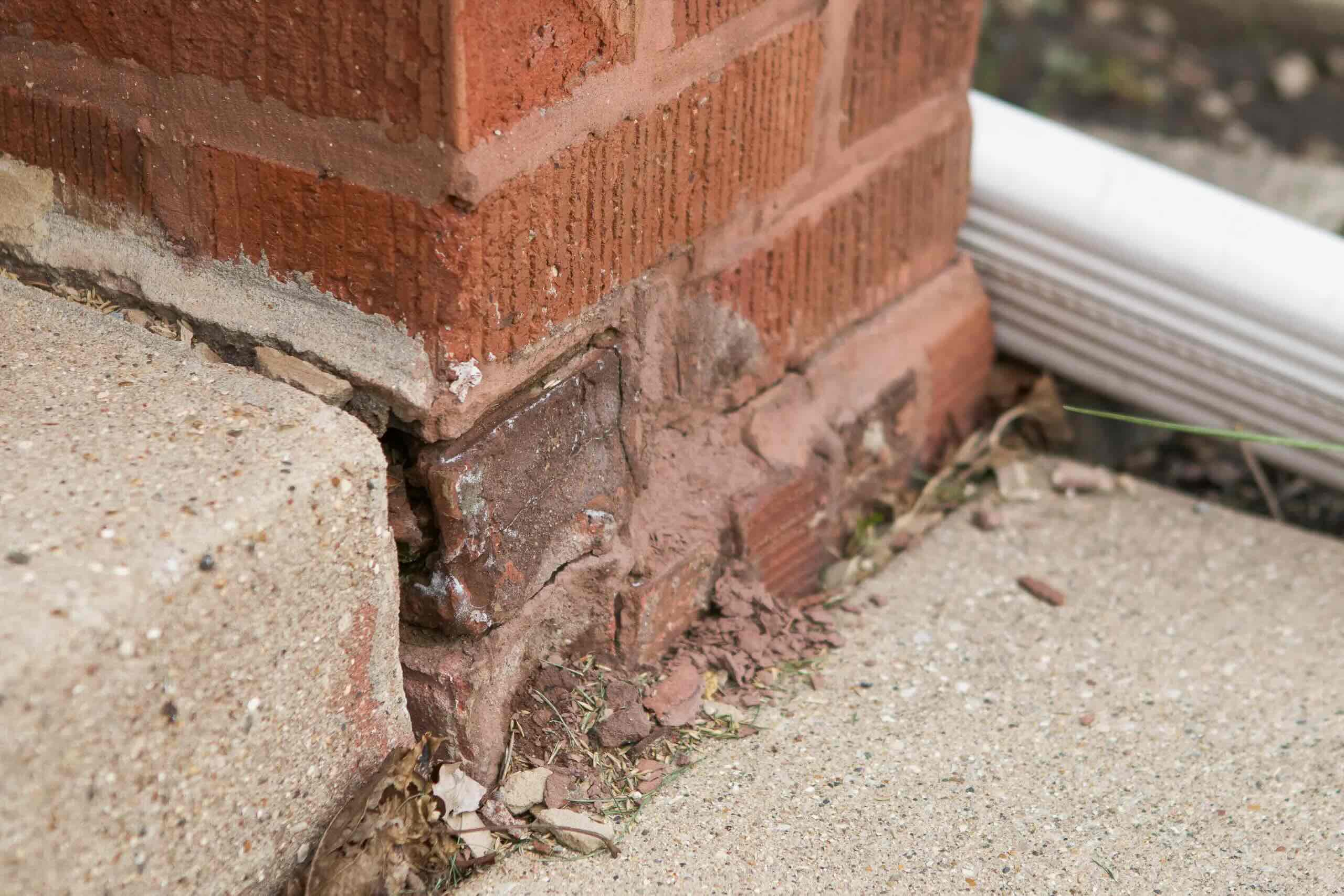

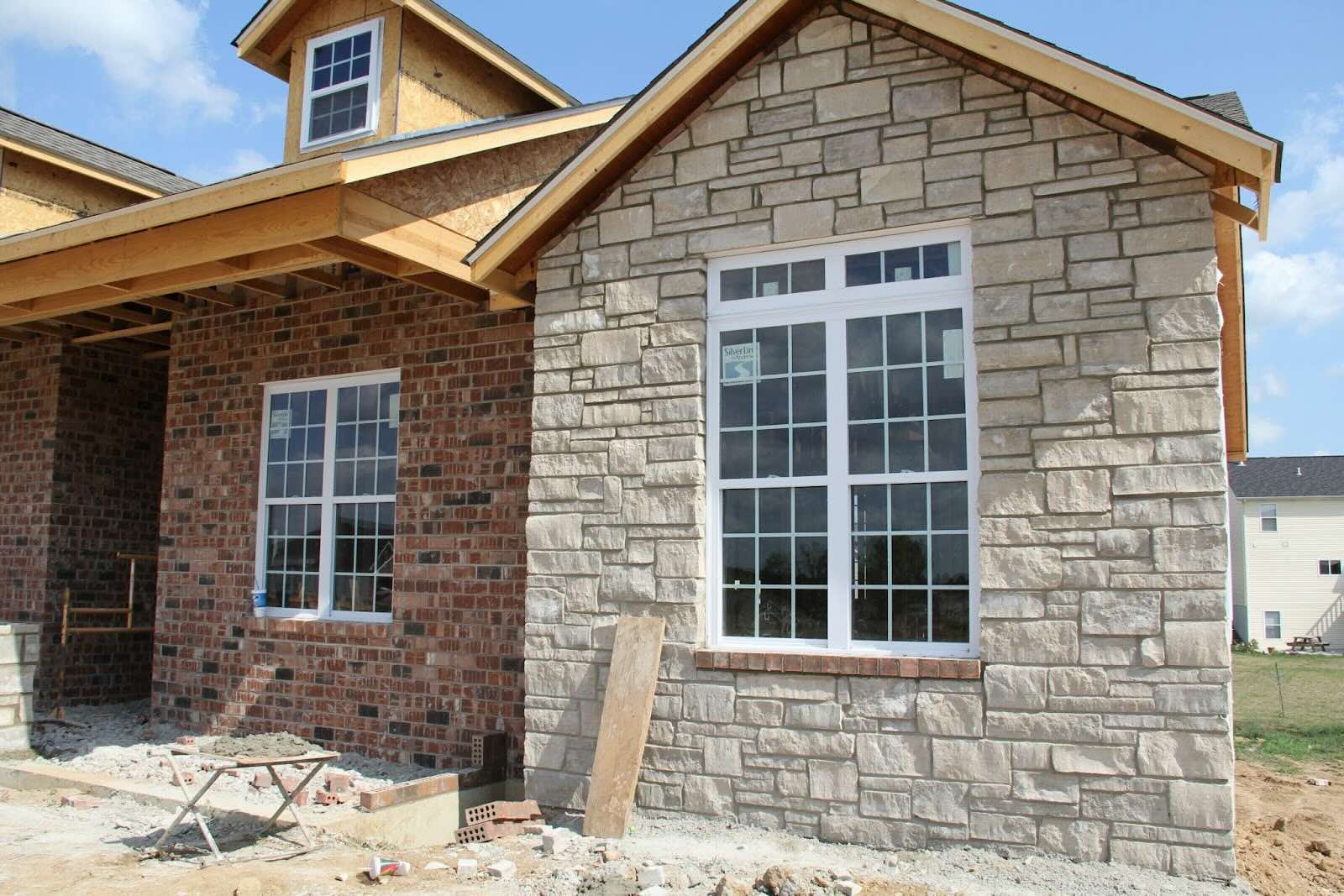


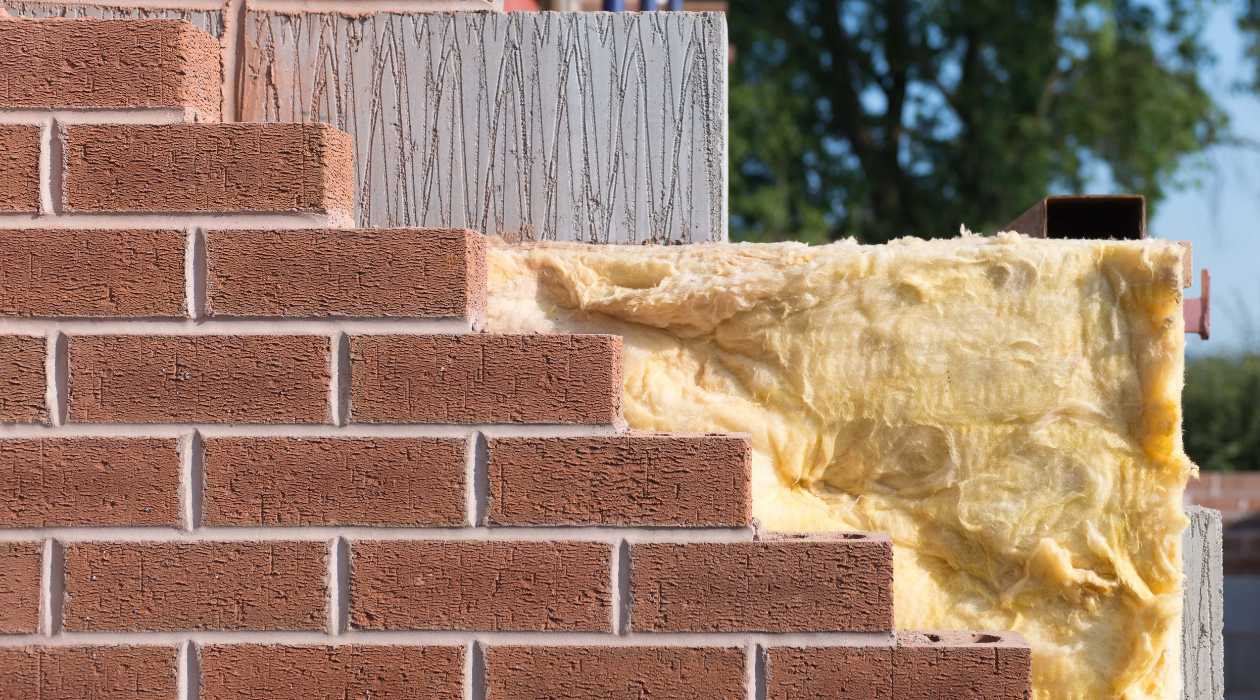

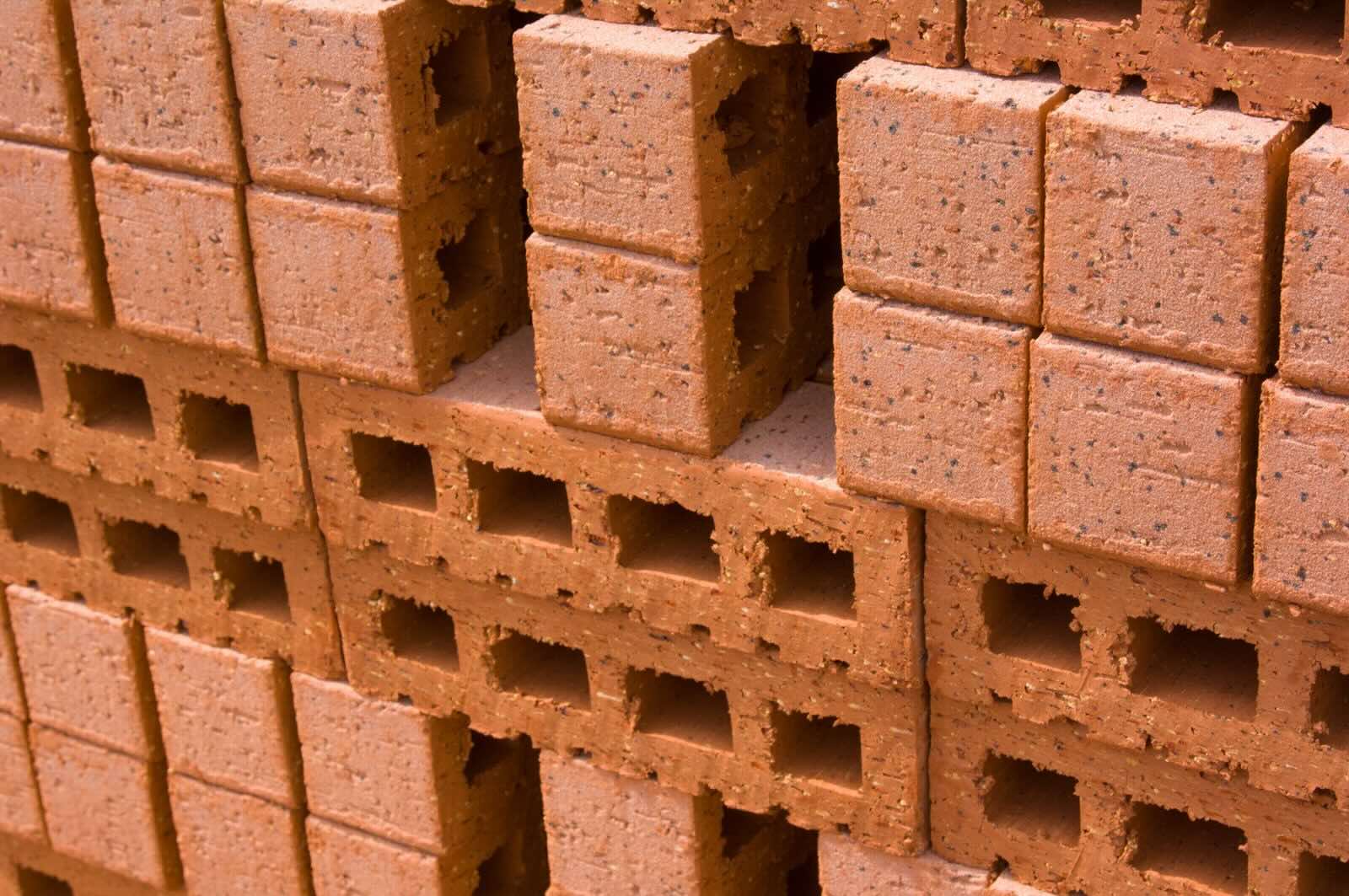
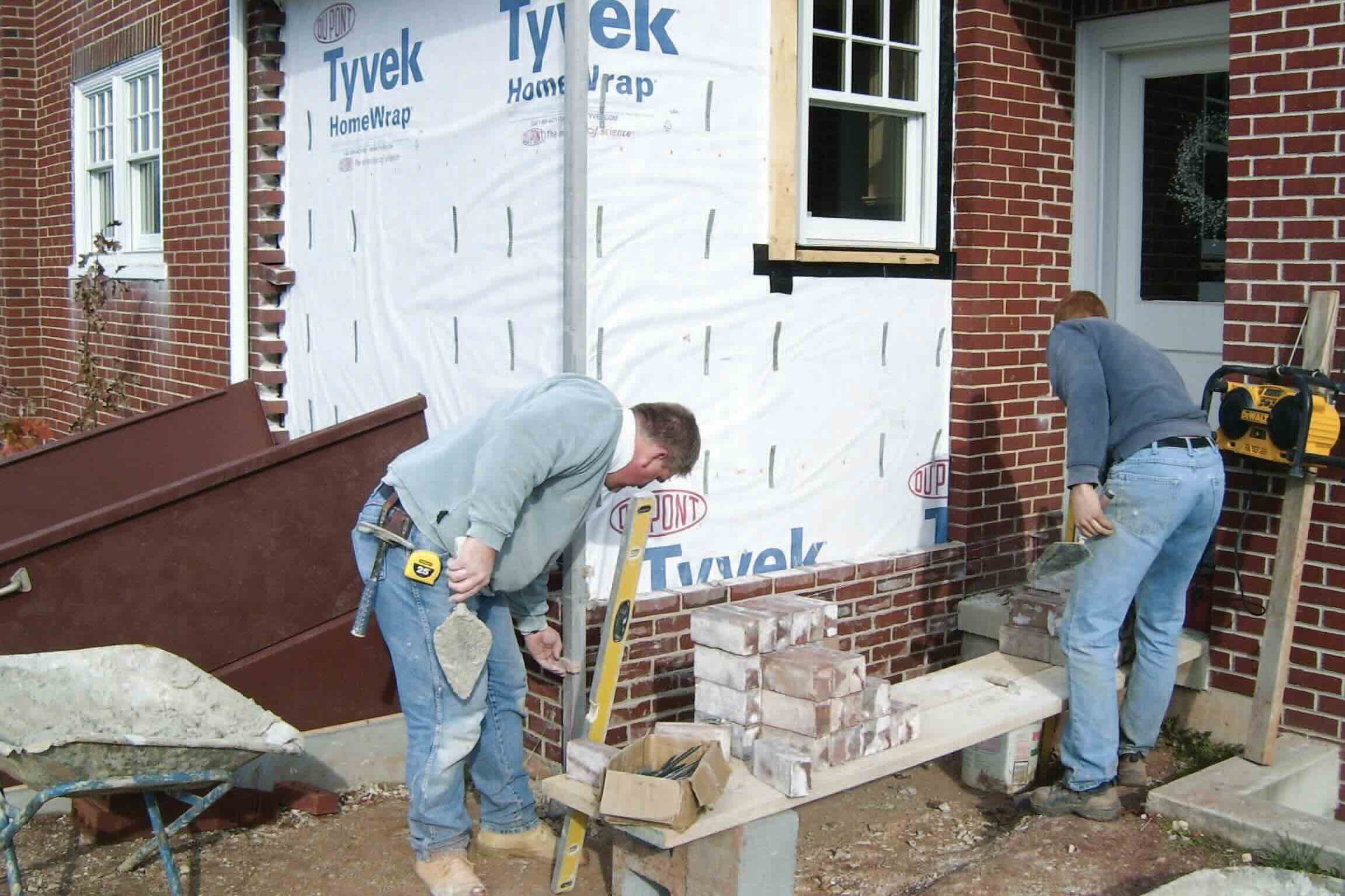
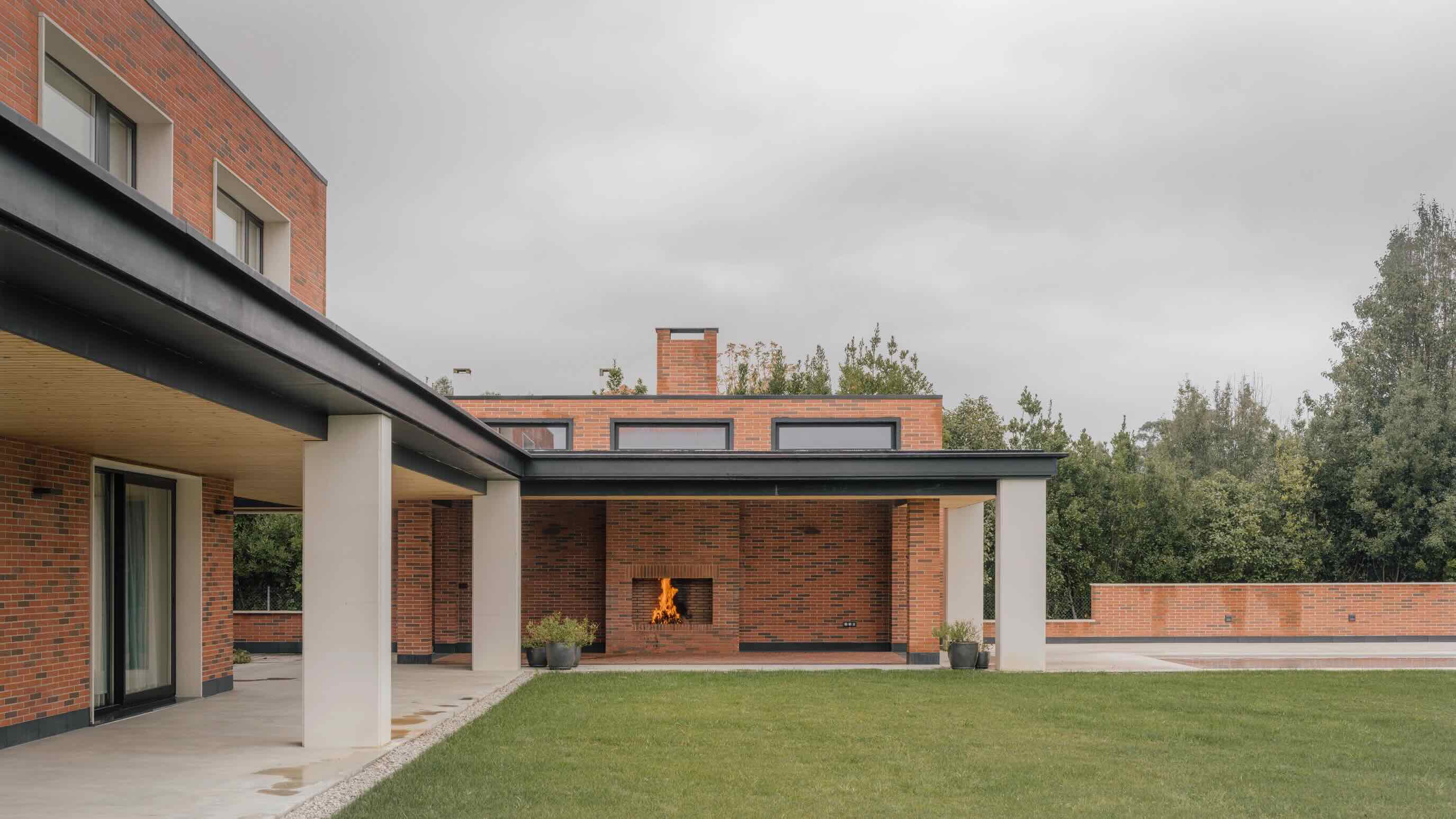
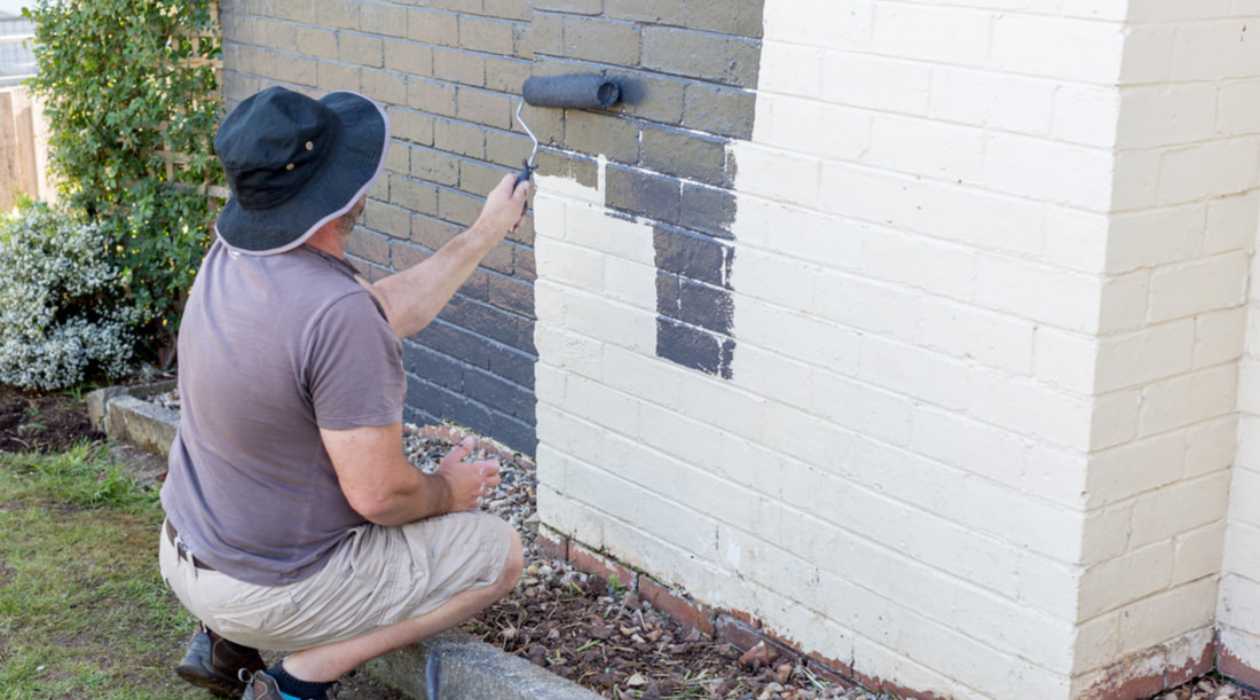
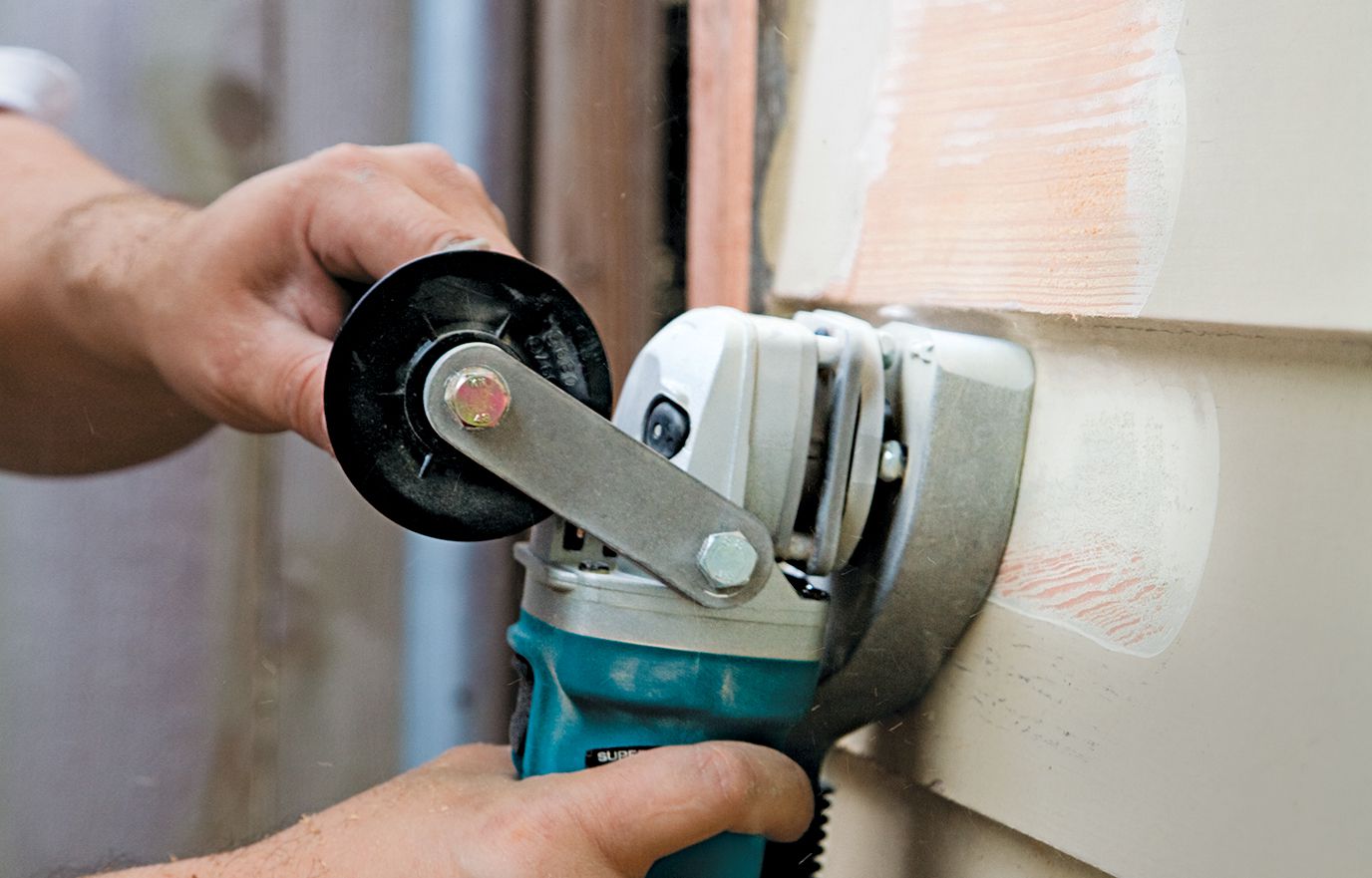
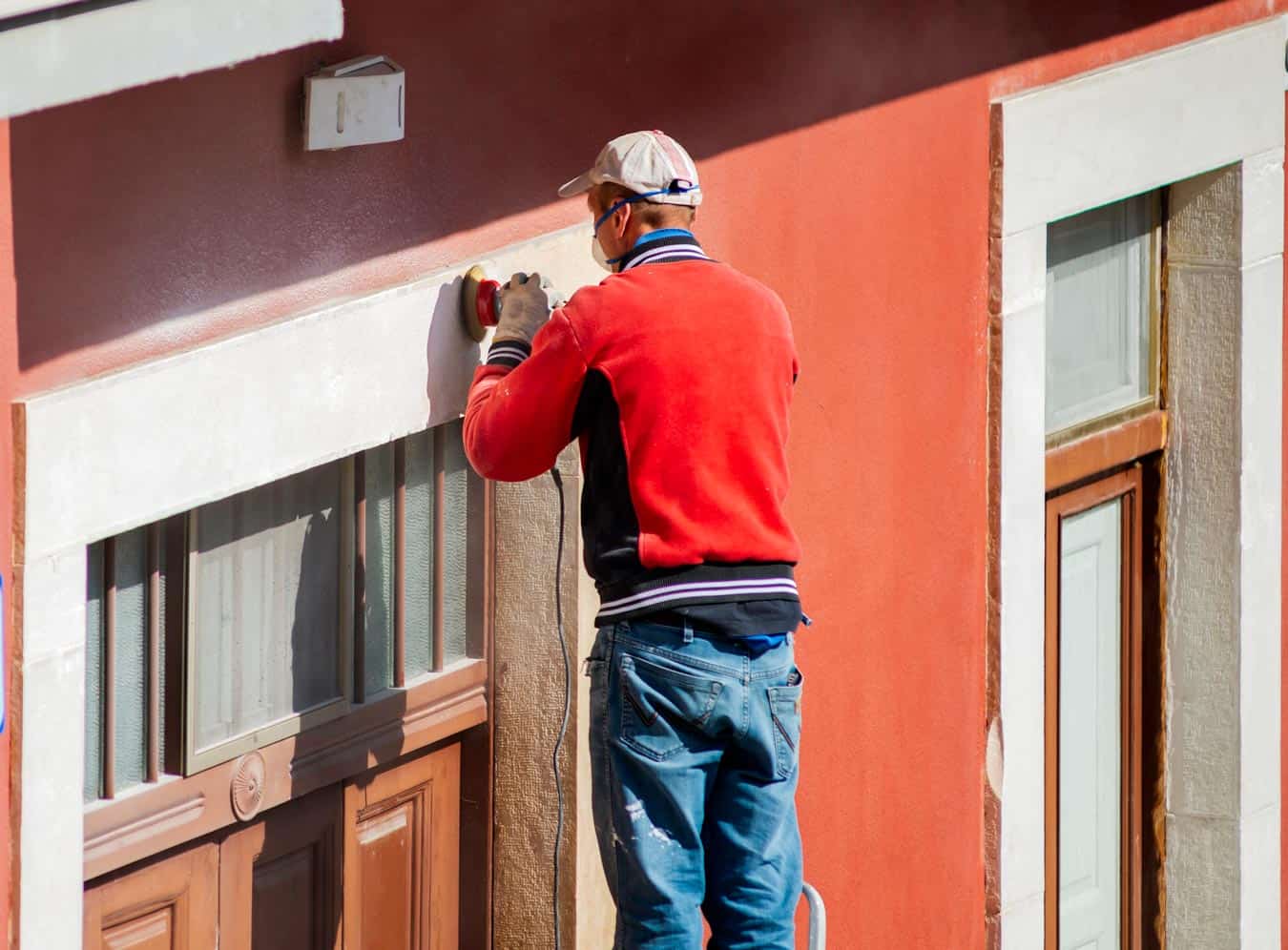

0 thoughts on “How To Clean Exterior House Brick”